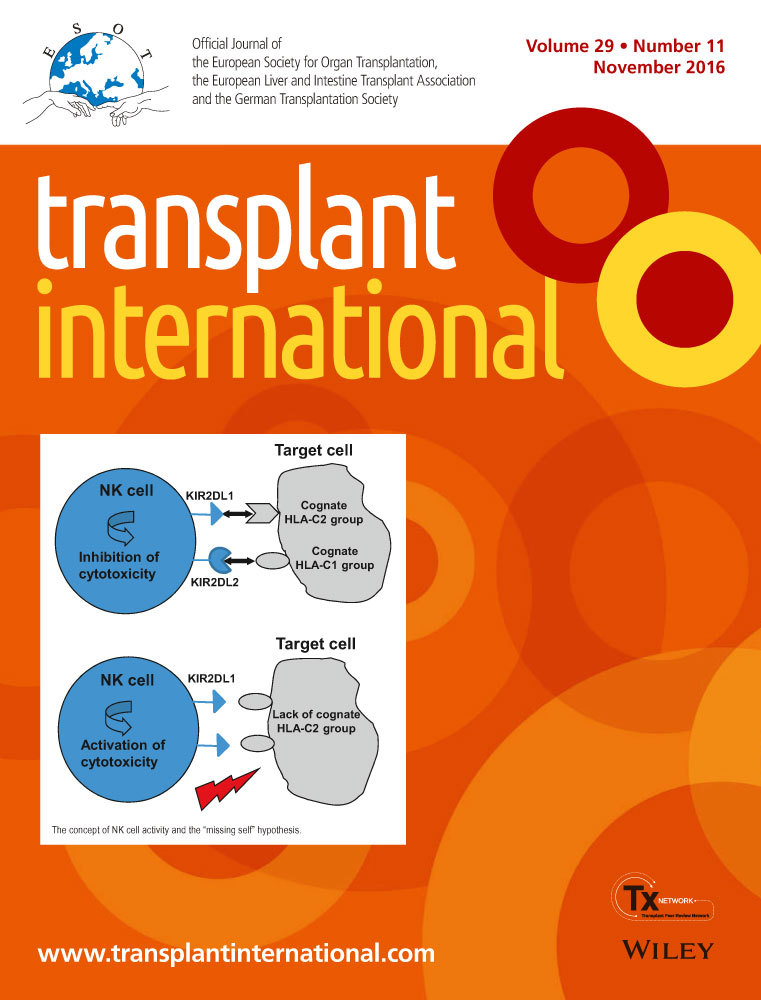A systematic review and meta-analysis of donor ischaemic preconditioning in liver transplantation
Summary
Ischaemic preconditioning (IPC) is a strategy to reduce ischaemia–reperfusion (IR) injury. Its benefit in human liver transplantation is unclear. The aim of this study was to analyse the current evidence for donor IPC in liver transplantation. Systematic review and meta-analysis of studies involving IPC of liver transplant donors. Ovid Medline, Embase and Cochrane CENTRAL were searched up until January 2015. Data retrieved included the primary outcomes of 1-year mortality, incidence of primary graft non-function (PGNF) and retransplantation. Secondary outcomes included aspartate aminotransferase (AST) levels on day 3 post-op. Pooled odds ratios (ORs) were calculated for dichotomous data and mean weighted ratios for continuous data. Ten studies included 593 patients (286 IPC; 307 control). IPC was associated with a reduction in mortality at 1 year (6% vs. 11%) although this was not statistically significant (OR 0.54, 95% C.I. 0.28–1.04, P = 0.06). The IPC group had a significantly lower day 3 AST level (WMD −66.41iU, P = 0.04). This meta-analysis demonstrates that IPC reduces liver injury following transplantation and produces a large reduction in 1-year mortality which was not statistically significant. Confirmation of clinical benefit from IPC requires an adequately powered prospective RCT.




